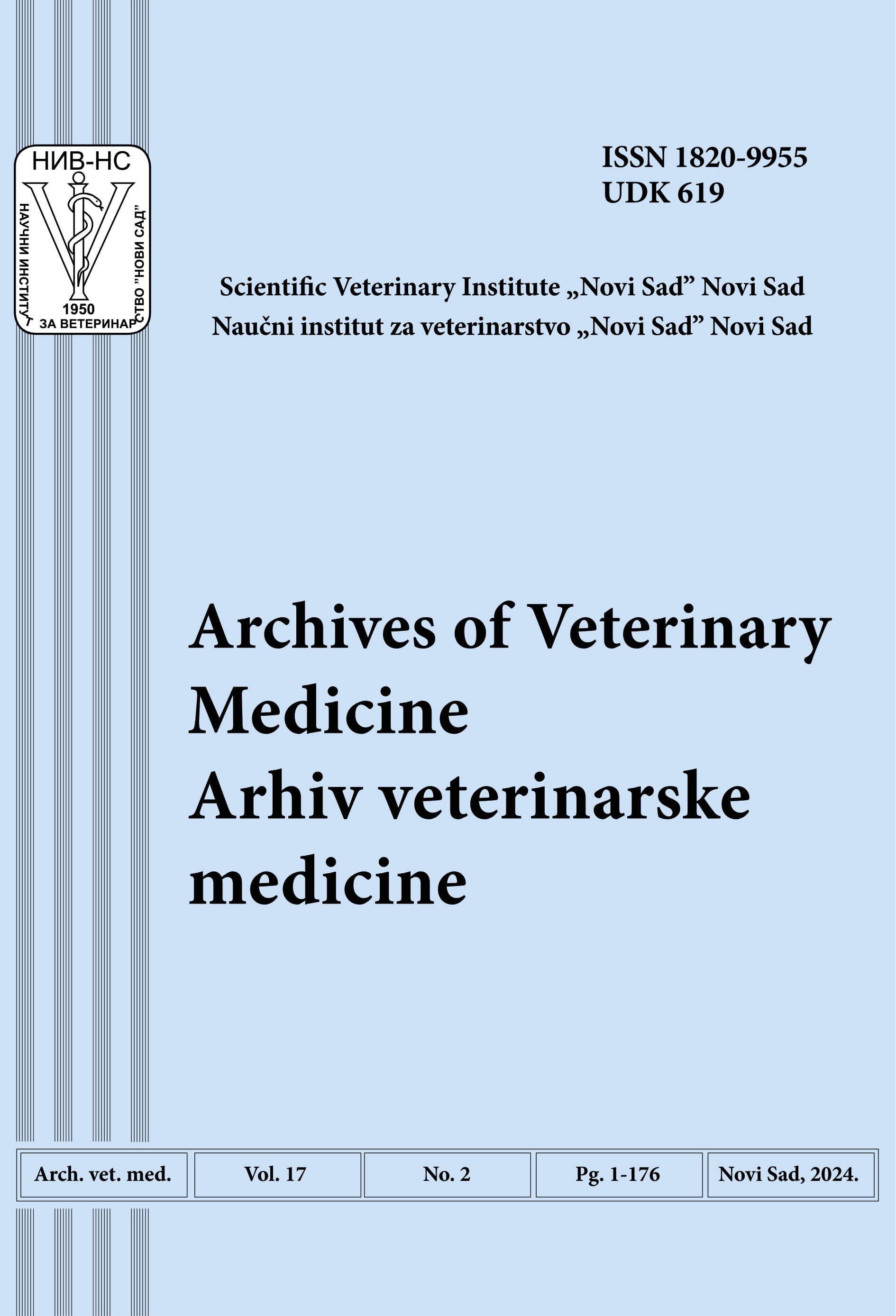Abstract
Gastrointestinal (GI) parasites compromise intestinal health in poultry, causing impaired nutrient uptake, poor growth rate and reduced productivity. The effectiveness of control programs relies on an accurate understanding of parasite occurrence and distribution. This survey aimed to determine the diversity and pathological effects of GI parasites of chickens in Lagos State, Nigeria. Three hundred and sixty-four (364) chickens were randomly sampled from selected live-bird markets. Standard parasitological methods were employed to process and examine gastrointestinal content and mucosal scrapings for parasite identification. Live helminths were preserved in 70% ethanol, cleared in lactic acid and identified at the species level. Sections of the gut were also assessed for microscopic lesions following standard histopathological procedures. Findings revealed that 251 (69%) of the 364 sampled chickens were infected with GI parasites. Eleven nematodes, 5 cestodes and coccidia of the genus Eimeria were detected. Ascaridia galli (140, 38.5%), Eimeria spp. (98, 26.9%) and Heterakis gallinarium (82, 22.5%) were the most common parasites found. Helminths were generally more prevalent in local and male chickens (P<0.05) whereas exotic breeds had higher infection rates for Eimeria spp. (P>0.05). Histopathological analyses revealed mild to severe inflammation, oedema, mucosal erosion, and hyperplasia in infected chickens. This study showed that GI parasites are prevalent in chickens and are associated with intestinal damage that can undermine poultry growth and productivity in the study area. Efforts to control must be strengthened to secure chicken production, maintain food security, and prevent economic losses.

This work is licensed under a Creative Commons Attribution 4.0 International License.
Copyright (c) 2024 Archives of Veterinary Medicine
